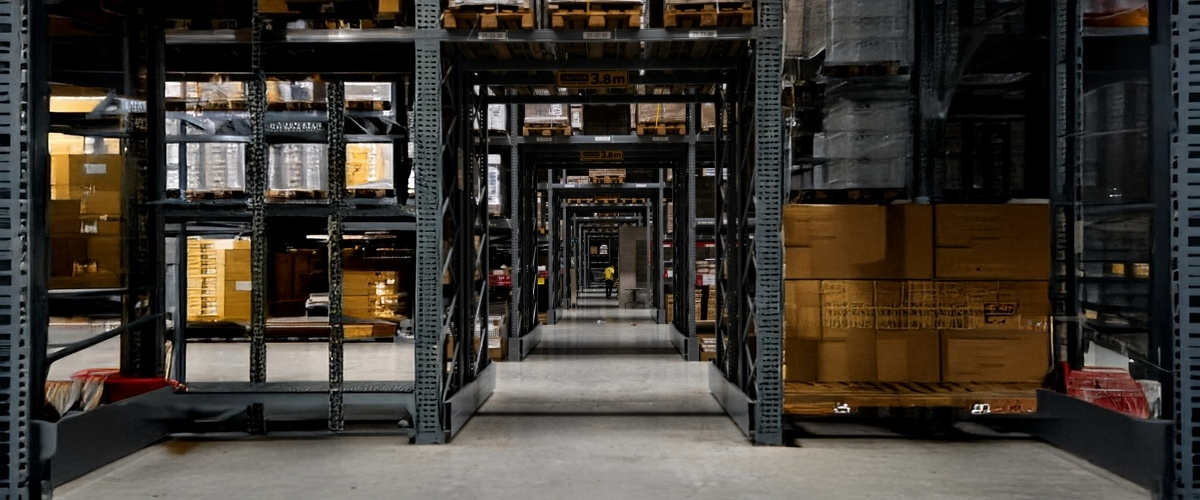As the name implies, single-use AI refers to AI tools that are intended to solve a specific task. Since these tools are designed keeping in mind one particular activity, their scope is narrow, taking into consideration only the requirements and challenges of the task it is designed for.
This implies that single-use AI solutions do not address challenges with the broader trade compliance activity, nor are they capable of integration with other systems, thus effectively creating AI silos. These silos are often created when departments implement isolated solutions without considering broader integration, leading to fragmented data. This lack of integration results in a loss of control over data and processes, making it difficult for organizations to manage information effectively. Such failures in integration and data management can negatively impact overall business performance and outcomes.
Prevalence of Single-Use AI in Trade Compliance
Single-use AI first gained prominence in trade compliance when importers and customs brokers realised the need to automate certain tasks which posed great challenges, especially where the consequences of errors were high.
Since the objective was to automate specific activities and not the entire process, the mushrooming of AI silos was inevitable.
One of the most common single-use AI models was HTS classification.
The HTS classification process is considerably complicated, due to factors such as frequent regulatory changes, complexity of product composition, multiple-origin sourcing, unclear product descriptions, and misinterpretations. This process involves assigning specific HTS codes to products, which are used by customs authorities for enforcement and compliance. The HTS table serves as a key resource for identifying the correct codes for products.
The risks emanating from even inadvertent errors in HTS classification can range from overpayment of customs duties, delays in customs clearance, imposition of monetary fines and other penalties, and supply chain disruptions. US Customs and Border Protection (CBP) relies on accurate HTS classification to enforce trade regulations and border protection measures.
The deployment of AI for HTS classification can streamline the process and eliminate errors, accelerating customs clearance and rationalizing human effort. However, data fragmentation can occur when information is not integrated across systems, leading to inconsistencies.
Shortcomings of Single-Use AI Concerning HTS Classification
HTS classification is one of the most visible examples of successful single-use AI deployment.
However, by their very nature, single-use AI tools lend themselves to the creation of AI silos and data fragmentation, leading to automation traps. Data fragmentation can exist across different functions and departments within an organization, making it difficult to maintain data consistency and standardization.
As it is designed to handle only one task (such as HTS classification), the lack of integration with the broader tech stack gives rise to new AI silos. The resultant data fragmentation undermines the purpose of implementing AI, and the benefits thereof are thus negated at the organizational level, ultimately culminating in automation traps, where automation isolates rather than integrates.
Let’s take HTS classification as an example: since these classifications are stored only within the AI tool and not integrated with the organization’s other systems, the organization is unable to fully leverage this information across its operations. For instance, a single-use AI tool can accurately handle HTS classification for thousands of SKUs but the information doesn’t flow into the organisations ERP or customs compliance software, thus creating AI silos.
When data flows are not automated and systems are not integrated, organizations face the issue of data fragmentation, where data is often distributed and stored in separate databases and data storage systems, making it difficult to manage and allocate storage efficiently. Different departments could work with different HTS classification data for the same commodity, which in turn could create discrepancies in customs submissions and information shared elsewhere.
HTS classification, though crucial, is just one of the multiple stages in customs compliance. With AI silos and data fragmentation, importers and customs brokers will have to duplicate the work, re-entering the data and manually validating it. Different functions within a company may store the same data in multiple locations, leading to redundant stores and inefficient storage allocation.
Consequently, the organization is stuck in automation traps, with its operational efficiency impeded by disjointed workflows and profits margins eroded by hidden costs. These issues can occur at any point in the data management process, impacting the entire organization. The investment in single-use AI, often substantial, is therefore rendered suboptimal and could, in fact, create more problems than it solves.
KlearNow’s Integrated Approach Fuels End-to-End Intelligence
To fully realise the benefits of technology, importers and customs brokers need to move away from single-use AI tools and focus on deploying integrated AI solutions that are designed for the holistic supply chain.
KlearHub, which is the AI-powered global trade data hub offered by KlearNow, is one product that has found favor amongst importers and customs brokers.
KlearHub streamlines workflows and information sharing, automating all rote tasks such as HTS classifications and customs submissions, and more importantly, allowing data to flow across stages and departments, so data processed at one stage forms the inputs for the next stage, without the need for manual intervention or validation. The platform ensures secure access to data by implementing robust access controls and enforcing data governance policies across the organization.
This eliminates AI silos and data fragmentation, since data flows across the organization and stakeholders, with adequate data security and compliance checkpoints.
In this manner, KlearNow’s integrated approach ensures that AI doesn’t stop at task automation; it rather fuels end-to-end intelligence. This approach is applicable across different industries, supporting a wide range of trade compliance needs.
To understand how KlearNow can elevate your supply chain performance, click here to schedule your free demo.
Frequently Asked Questions (FAQs)
1. What is Schedule B and how does it relate to HTS classification?
Schedule B is the U.S.-specific export classification system that aligns with the first six digits of the Harmonized System (HS), used globally for customs declarations. While many importers rely on HTS codes for imports, Schedule B codes are necessary to classify exports accurately and comply with U.S. trade regulations.
2. Why do many importers still struggle with accurate tariff classification despite using AI tools?
Many importers rely on legacy systems or disconnected file systems that don’t integrate well with new technologies. This leads to data islands where HTS or tariff classification information is stored in different systems, making it hard to ensure consistency across departments and customs filings.
3. How can I locate the correct code using the HTS search bar?
To classify products, you can start by using the HTS search bar, ideally in a tool that references the harmonized tariff schedule. Focus on keywords, product composition, and use cases to locate potential matches—keeping in mind the first six digits of the Harmonized System are standardized globally.
4. What are the risks of storing HTS data in different locations or systems?
When classification data is stored across different systems or locations—such as spreadsheets, disconnected platforms, or department-specific tools—it leads to fragmentation. These data islands increase the chance of duplicate or conflicting entries, resulting in errors during customs clearance and compliance checks.
5. How can integrated platforms like KlearNow help eliminate data islands in tariff classification?
Unlike single-use tools, KlearNow connects data across the trade compliance lifecycle. Its centralized platform ensures that HTS classifications flow into downstream systems, preventing data silos, improving accuracy, and enabling seamless coordination between departments using different systems.

